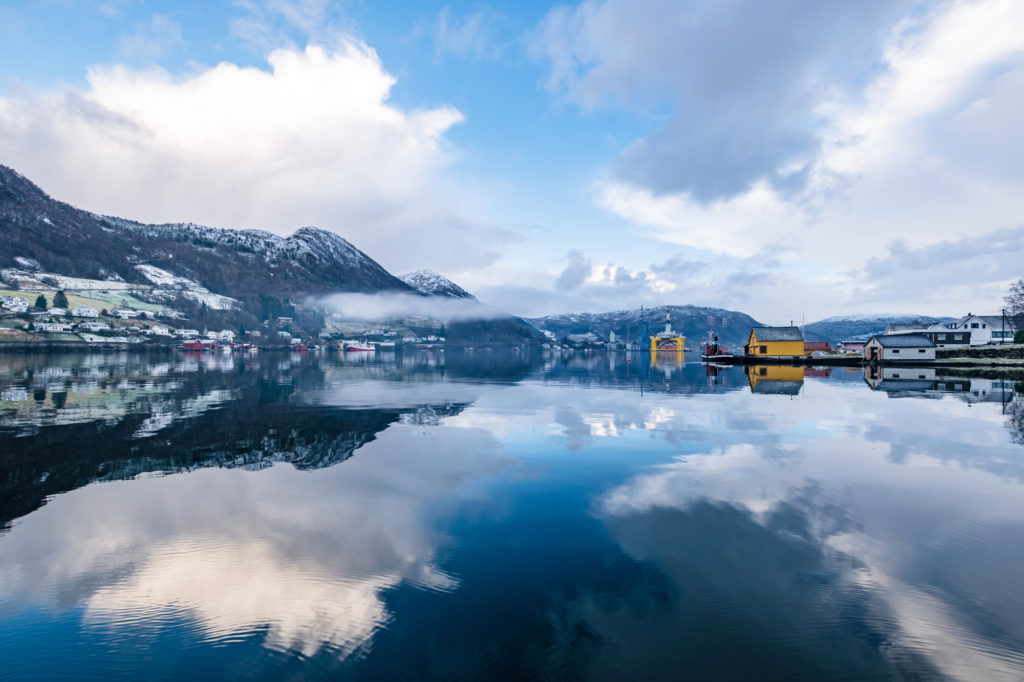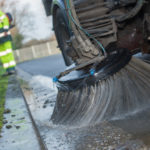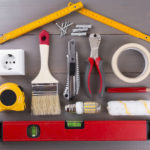
Do you own a lake or have a home that sits on a lake?
If so, it can be a truly amazing experience. Owning a lake or buying a home next to a lake will allow you to do as much boating, fishing, and swimming as you want. You’ll also fall in love with the peace and tranquility that a lake provides when you’re hanging out next to it.
But in order to keep your lake looking its best, it’s important for you to do the proper lake maintenance to it. Don’t simply rely on Mother Nature to take care of your lake’s many needs.
Take the time to maintain your lake on a regular basis, and it’ll prove to be a great investment on your part. Here are 10 tips for maintaining a healthy lake and lakefront.
1. Plant Several Trees Around Your Lake to Provide It With Shade
There is some debate over whether or not people should plant trees around the perimeter of a lake when caring for it.
The truth is that you shouldn’t plant too many trees around a lake since it will inevitably drop dead leaves in the lake and zap the lake of oxygen. But it’s not a bad idea to plant at least a few trees around a lake if you can.
Trees will provide your lake with shade. The shade will bring the water temperature down during the warmer months, which will be good for both the plants in the water as well as the animals and fish in it. It’ll also prevent algae from growing in your lake.
If you decide to plant trees near a lake, just make sure you maintain them. The last thing you want is for them to drop dead leaves and branches directly into the lake and leave decaying organic matter on the surface and at the bottom of the lake.
2. Take Care of Any Plants Surrounding Your Lake
Do you have plants surrounding the outside of your lake?
If so, resist the urge to rip them out. You can trim some of them to improve their general appearance. But the plants situated around a lake can prevent pollutants from getting too close to the water.
You could allow those pollutants to get easy access to your lake if you take them out. You could also cause erosion to take place and even do irreparable damage to your lake’s water.
Leave the plants alone and find spaces to put in new plants as well. Plants will work wonders for your lake and actually cut down on the amount of lake maintenance you need to do overall.
3. Aerate Your Lake to Oxygenate the Water in It
The quality of the water in your lake is going to suffer if it doesn’t have enough oxygen in it. Therefore, it’s absolutely essential for you to oxygenate the water in your lake as often as you can as part of your regular lake maintenance.
Do this through lake aeration.
You can aerate a lake in a number of different ways. Here are just a few aeration options:
- Natural aeration, which involves allowing plants to grow in and around a lake and release oxygen into it naturally
- Surface aeration, which involves putting a fountain or other aerating device into a lake and allowing it to send water into the air where it will come into contact with oxygen
- Submerged aeration, which involves using a series of pumps and air compressors to encourage oxygen circulation under the water
Typically, people tend to use a combination of all three of these methods during lake maintenance to oxygenate the water in their lakes.
4. Treat Your Lake Water With Natural Bacteria
One of the best things you can do for your lake during lake maintenance is add natural bacteria to it. Natural bacteria will do so many things for the water in your lake.
Natural bacteria will:
- Eliminate the nutrients in lake water that algae feed on
- Break down any sludge that builds up in your lake
- Ward off bad odors associated with lake water
- Get rid of the impurities that exist in your lake
- Balance the ecosystem in your lake
- And more!
Natural bacteria will prove to be a great investment for your lake. The bacteria will do a lot of the dirty work that’s required to keep a lake looking its absolute best.
5. Utilize Lake Dyes to Stop Algae From Growing
If you can’t stand looking at the color of your lake, there is something you can do about it. There are lake dyes that will allow you to transform your lake’s colors in a matter of just a few hours, depending on the size of it.
Lake dyes will do more than just make your lake look colorful, too. The right lake dye can stop sunlight from shining down into your lake. This will prevent algae from growing since it depends on the sun to help carry out the photosynthesis process.
6. Remove Underwater Weeds From Your Lake
When you’re swimming in your lake or riding around in a boat on your lake, you’ll likely see underwater weeds in different parts of it.
In some cases, a few weeds here and there won’t be a big deal. But if your lake is overrun with weeds, you’re going to want to get rid of them.
You can rip weeds out of the water with a lake rake. It’ll help you free your lake from:
- Water hyacinth
- Water lettuce
- Salvinia
- Bladderwort
- And other types of weeds
Make sure you utilize a high-quality lake rake to get this job done. If your lake rake is cheap and made out of low-quality materials, it could end up breaking or not taking out all the weeds you want to remove.
7. Avoid Using Toxic Chemicals Near Your Lake
Outside of doing lake maintenance, you’re also probably going to want to tend to the land that surrounds your lake.
That might involve taking down trees and ripping out weeds and plants. It also might mean using chemicals to do away with things like poison ivy and poison oak.
Be careful about which kinds of chemicals you decide to use near your lake. Even if you don’t apply the chemicals directly to the lake, rainwater could carry them into the lake and cause trouble.
You could end up killing off fish, birds, and other animals with the chemicals that make their way to your lake. You could also contaminate the lake as a whole and make it unsafe for swimming, boating, and more.
8. Regulate the Number of Fish in Your Lake
If you plan to keep fish in your lake, you’re going to need to take charge when it comes to stocking the lake. Every year or two, you’re going to need to add new fish to your lake.
Just steer clear of adding too many fish to your lake at once. If you overstock your lake, you’ll notice a big dip in your lake’s oxygen levels. Fish will also create waste that will lead to nitrites and ammonia building up in your lake.
It’s best to speak with professionals about how many fish you should add to your lake at once.
9. Maintain a Safe Distance Between Your Lake and Lakefront Properties
Over time, you may choose to build new lakefront properties on your lake. These properties can prove to be very valuable if you build them correctly.
What you want to avoid is building your new properties too close to your lake. You could potentially damage your lake if you have to chop down a bunch of trees and rip out a bunch of plants near the water to make room for a property.
Obviously, you’ll want to get your properties as close to the water as you can. But try to do it without disrupting the water and everything around it.
10. Perform the Proper Maintenance on Septic Tanks Located Near Your Lake
Many lakefront properties rely on septic tanks to get rid of wastewater. Maintaining these septic tanks is just as important as doing lake maintenance.
In the event that a septic tank starts to leak, it could spill harmful wastewater into your lake and cause major issues. It could also take a toll on your lakefront properties if you’re not careful.
Have any septic tanks located near your lake inspected annually for signs of trouble. Clean them out every few years as well and watch what you put into them.
Make Lake Maintenance Your No. 1 Priority
Owning a lake or living next to one will be incredible as long as you’re ready to do the lake maintenance that needs to be done.
Before you buy a lake, educate yourself about how much maintenance you’ll need to do so that you’re ready to tackle it. It’ll prevent you from getting in over your head and taking on a challenge that you’re not able to meet.
Check out our blog to learn other tips for caring for a home and the property that surrounds it.

